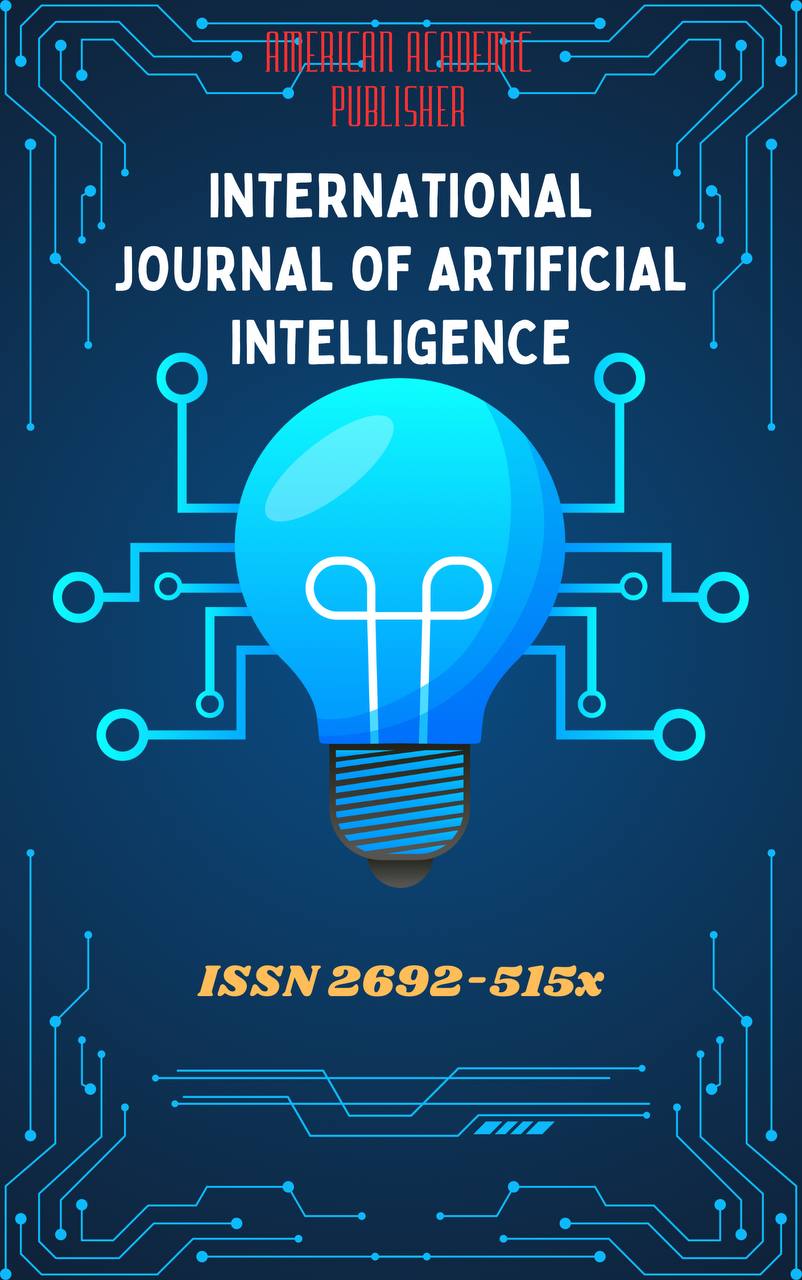 Articles
| Open Access |
Articles
| Open Access | HOW IS TRUST IN DIGITAL CONTENT FORMED ON INSTAGRAM? AN ANALYSIS OF BRANDS THROUGH THE LENS OF NEUROMARKETING AND JOURNALISM
Zumrad Eshmirzaeva , Master of Journalism and Mass Communications University of UzbekistanAbstract
In the digital era, where content is increasingly delivered through social media, trust in content has become a convergence point for journalism, marketing, and neuroscience. Especially on Instagram, how brand-generated visual and textual materials trigger trust in users is closely tied to neuromarketing and media ethics. This article analyzes content strategies employed by selected Instagram brand pages. Based on neuromarketing theories, content analysis, and audience feedback, the study offers useful insights for professionals in marketing and journalism.
Keywords
Digital content, trust, Instagram, neuromarketing, journalism, brand strategy, visual communication
References
Kahneman, D. (2011). Thinking, Fast and Slow. New York: Farrar, Straus and Giroux.
Zak, P. J. (2017). Trust Factor: The Science of Creating High-Performance Companies. New York: AMACOM.
Cialdini, R. B. (2006). Influence: The Psychology of Persuasion (Revised Ed.). New York: Harper Business.
Hern, A. (2023, July 12). Microsoft's Bing AI cited fake articles in generated responses, investigation finds. The Guardian. https://www.theguardian.com/
Tversky, A., & Kahneman, D. (1974). Judgment under uncertainty: Heuristics and biases. Science, 185(4157), 1124-1131.
Statista. (2023). Number of Instagram users in Uzbekistan as of January 2023.
Vincent, J. (2022, October 21). AI deepfake videos used in political campaigns spark ethics debate. The Verge.
Article Statistics
Downloads
Copyright License

This work is licensed under a Creative Commons Attribution 4.0 International License.

